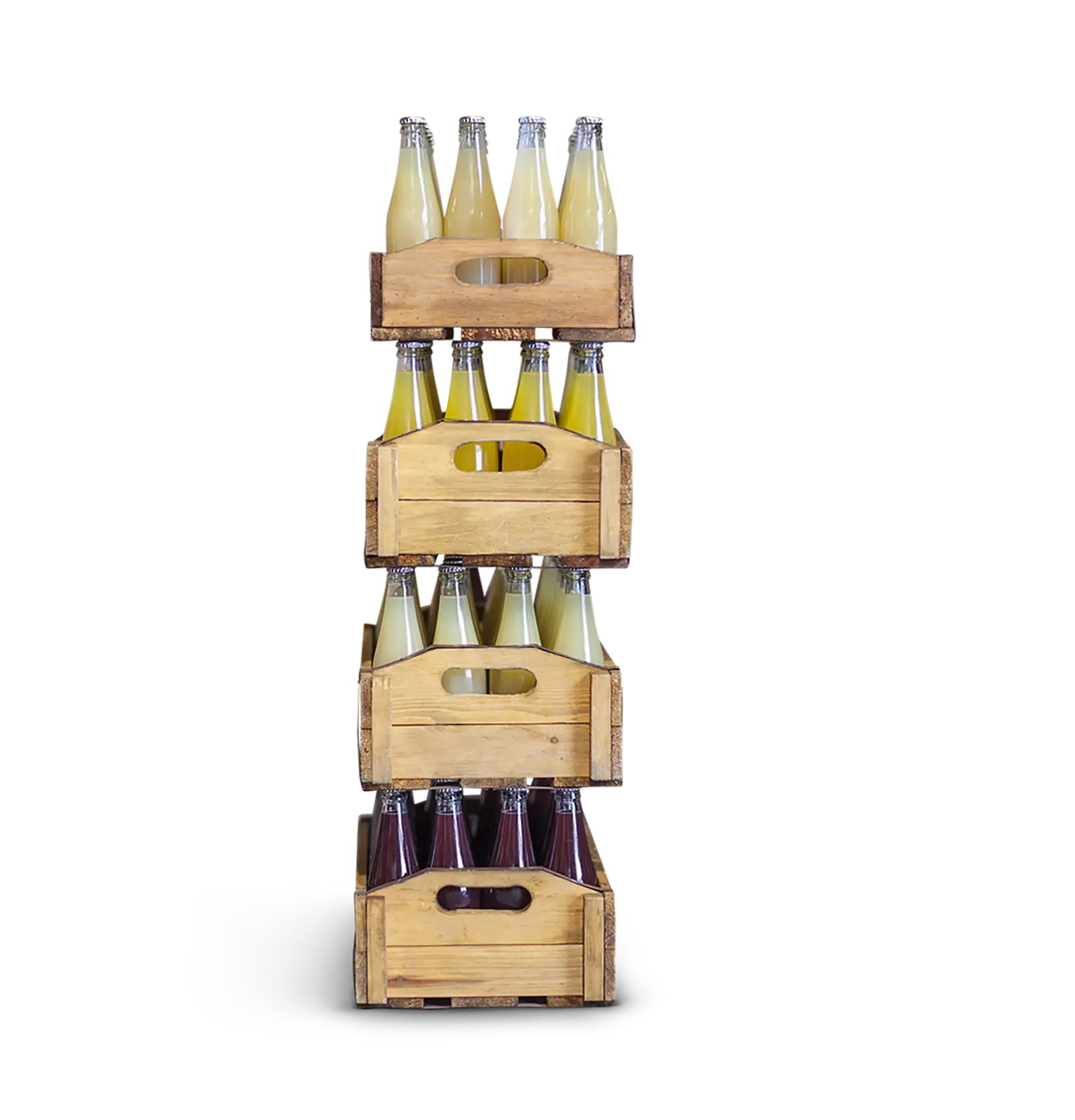Featured in this post
5 Challenges for Consumer Goods Businesses and How the Best PLM Software Helps You Tackle Them
5 Challenges for Consumer Goods Businesses and How the Best PLM Software Helps You Tackle Them
Aug 2, 2022
 John McCurdy | Senior Content Writer, Marketing
John McCurdy | Senior Content Writer, Marketing
Consumer goods companies like yours are feeling the heat—and that’s not just because we’ve reached the dog days of summer here in the Northern Hemisphere. Your business is facing pressure from all sides, with government agencies, discerning shoppers, ongoing disruptions and a highly competitive marketplace all demanding your attention.
These factors combine to make the already-complicated process of new product development all the more arduous, so it makes sense to seek out every advantage you can in order to facilitate such a vital function. Turning to technology is the smart move, as dedicated product lifecycle management (PLM) software designed for your specific industry can dramatically improve outcomes in these circumstances.
But with so many options on the market, how will you know which one is right given the nature of your operations and needs of your teams? Here, we’ll cover the major challenges consumer goods companies encounter in new product development and the ways in which the best PLM software can help you overcome them.
Challenge 1: Rapidly Shifting Consumer Preferences
In today’s fast-paced and fully digital age, trends move fast, and everyone wants to be on the cutting edge. What’s more, niche markets like those tailored toward health- and sustainability-conscious consumers are growing increasingly popular, and your business may want to consider expanding into those areas to capitalize on the opportunity they represent.
Of course, knowing the pace of change is as quick as it is, it can be difficult to get your new offerings ready to launch and on store shelves in time to seize your share of the pie. You need ways to expedite the process to make sure you don’t miss out and your brand remains relevant in the minds of shoppers.
Solution: Faster Time-to-Market
With the right PLM software on your side, your research and development department will be empowered to apply their creativity and iterate until their ideas reach perfection with comprehensive product specification tools. That includes precise formula and recipe management features for food, beverage, cosmetics and personal care companies and robust design functionalities for apparel producers.
PLM software also streamlines time-intensive and detail-dense steps by automatically generating necessary documentation, including product information files (PIFs). Advanced systems, like Aptean’s PLM solutions, also come with packaging and labeling modules that make those critical aspects of marketing much easier to manage.
Challenge 2: Lack of Data Visibility
Organizations that operate on various disparate systems (or worse, paper-based records) suffer when decision-makers can’t find the information they need. Just as bad are discrepancies between internal sources—how can they know which fact or figure is right without taking the time to confirm it themselves?
This is particularly detrimental in new product development, as the practice requires constant collaboration and communication between various operational teams. If they can’t all agree on what’s correct or simply don’t have access to key data, their ability to function effectively can be severely hampered, delaying development of new offerings.
Solution: A Single Source of Truth
As a unified, organization-wide database for all information related to product lifecycles, PLM software acts as a central repository of knowledge essential for the process of new product development. The transparency the system provides enables teams to operate more cohesively, moving in unison toward the goal of launching an exciting new product on the market.
Employees also have more time to concentrate on vitally important tasks for which they are trained when working with PLM software, as there’s no need to wonder about the accuracy of what’s reflected in the interface. They can move with confidence and agility as they prepare your latest and greatest items for success with their target audience.
Challenge 3: Avoiding Human Errors
As we mentioned before, new product development is a complex exercise, requiring precision and attention to detail to avoid potential issues down the road. While you trust your staff and rely on them as your business’s greatest asset, everyone is human and liable to make occasional mistakes due to memory, tight timelines or simple typos.
That being said, errors in product, packaging and labeling configuration can be costly, especially when they result in large amounts of rework, waste or lost time. In order to mitigate these risks, you need to deploy technology—like a purpose-built PLM solution—that helps to ensure that no inaccuracies slip through the cracks and go unnoticed until it’s too late.
Solution: Intelligent Automations
By relieving your workers of the responsibility to conduct error-prone routine tasks, a PLM system can act as a safeguard against the detrimental effects of errors during new product development. This is possible through the use of intelligent automations—for example, a PLM can automatically generate an ingredient or material list without needing intervention from human personnel.
Many companies find this especially useful in the approval process, during which the software can detect and flag anomalies for investigation and rectification. Aptean’s PLM solutions also have a powerful workflow engine that makes sure the right tasks are assigned to the right users in your organization, keeping new product development moving along without compromising on the precision of your specifications.
Challenge 4: Regulatory and Recall Concerns
Expectations—and in many cases, government-enforced standards—for product safety and sustainability are increasing around the world. The threat of a recall also looms, and while your organization no doubt takes these matters very seriously, even the most prepared of operations can experience unforeseen problems necessitating a withdrawal.
In the food and beverage industry, traceability is among the hottest topics, in no small part due to the fact that undeclared allergens are a significant health hazard for sensitive individuals and the leading cause of recalls in the U.S. Personal care and cosmetics businesses face similar concerns, while apparel companies are under pressure to become more sustainable.
Solution: Built-In Compliance and Safety Protocols
For food, beverage, personal care and cosmetics companies, the dedicated compliance features of PLM software will be immensely helpful in protecting not only end consumers from negative outcomes but also your brand from the reputational and financial costs of a recall. Industry-specific solutions can use automated alerts to notify your decision-makers of any noncompliance issues, and allergens are automatically flagged and necessary labeling requirements updated as formulas change.
Meanwhile, apparel businesses and other consumer goods manufacturers can take advantage of a PLM’s ability to auto-generate a bill of materials for any given product in your pipeline, helping you scrutinize the sources of your components to determine how you can improve from a sustainability standpoint. With consumers more environmentally conscious than ever these days, that can be a key differentiator for your items.
Challenge 5: Rising Commodity and Operating Costs
It’s no secret that the cost of doing business is on the rise. Commodity prices are climbing at their fastest rate since 1995, meaning you’re likely dealing with higher prices for your production inputs. Meanwhile, increasing fuel, shipping and labor rates are combining with global inflation to put companies like yours under greater financial pressure.
Increasing the prices of your products at retail in order to boost revenue and offset greater expenses can’t be your only strategy for overcoming this situation—shoppers can be fickle and will only tolerate higher costs to a certain extent before switching to a competitor’s offerings. That puts the onus on your organization to save however you can and make the most of existing resources.
Solution: Tools for Greater Efficiency and Profitability
PLM software has the distinct benefit of making your operations more efficient, particularly when it comes to the new product development process. We highlighted early how these solutions help foster collaboration through the sharing of information, as well as the automations that allow your workers to offload more mundane tasks to the system—both of these advantages will help your teams get more done with what you have without requiring any additional monetary outlay.
Additionally, PLM systems help you track costs and analyze profitability based on your material and production costs, giving you foresight into how financially viable your products will be once brought to market. Aptean PLM Lascom Edition also helps specific kinds of companies speed up the labeling and packaging process for their goods with a built-in International Nomenclature Cosmetic Ingredient (INCI), USDA National Nutrient and CIQUAL databases.
More on Aptean’s Advantages
By highlighting the challenges that consumer goods companies are facing and how PLM software can help tackle them, we hope to have impressed upon you the importance of leveraging technology to unlock strategic advantages.
Now, we’ll point out just a couple benefits of trusting Aptean to be your solutions provider.
First off, there’s our extensive knowledge of our target industries and the fact that we used that real-world experience to inform the design of our PLM products. We “speak your language,” whether that’s food and beverage, personal care and cosmetics, fashion and apparel, or another market, and develop our systems to help you achieve better results each and every day.
We also offer more than PLM, with a full solution suite that includes enterprise resource planning (ERP), overall equipment effectiveness (OEE) and enterprise asset management (EAM) software, among other offerings. Better still, our various systems can be integrated with one another, further advancing your digital transformation and providing you with a foundation for the future.
Now, if you’re ready to learn more about Aptean’s PLM software and why it’s the best on the market, contact us today. You can also request a personalized demo.
CPG Sustainable Product Lifecycle
Learn the 5 key measurable criteria to trace when using PLM software to reduce your ecological footprint in sustainability design, from formulation to packaging.



